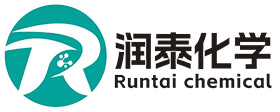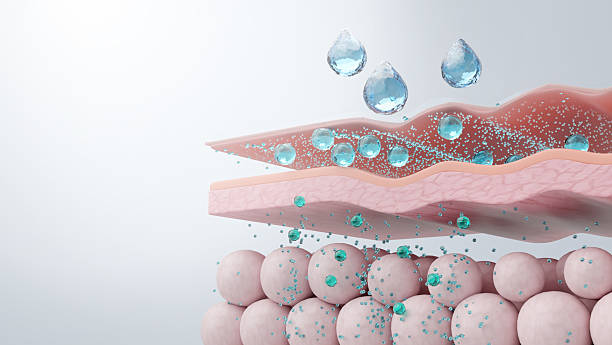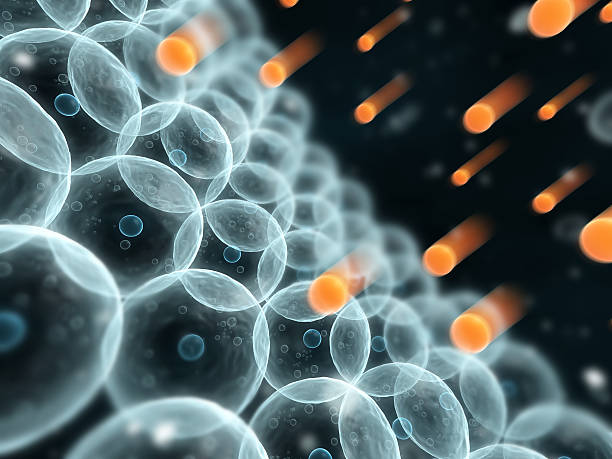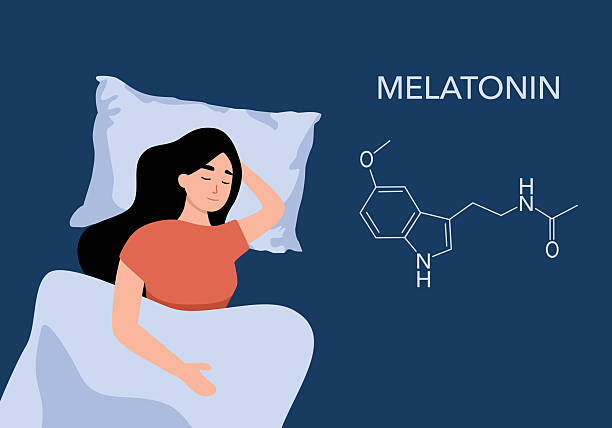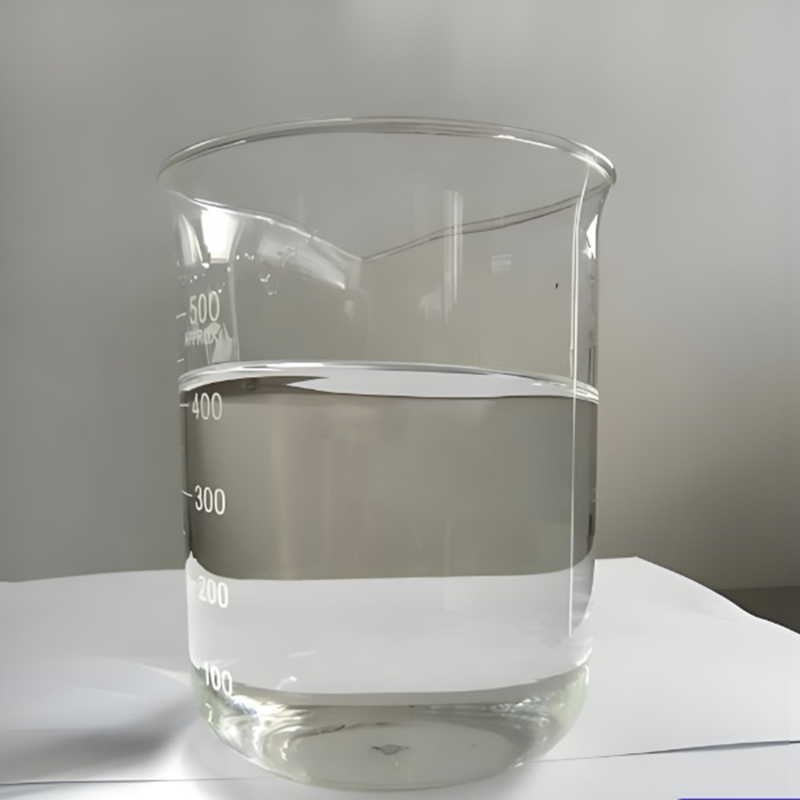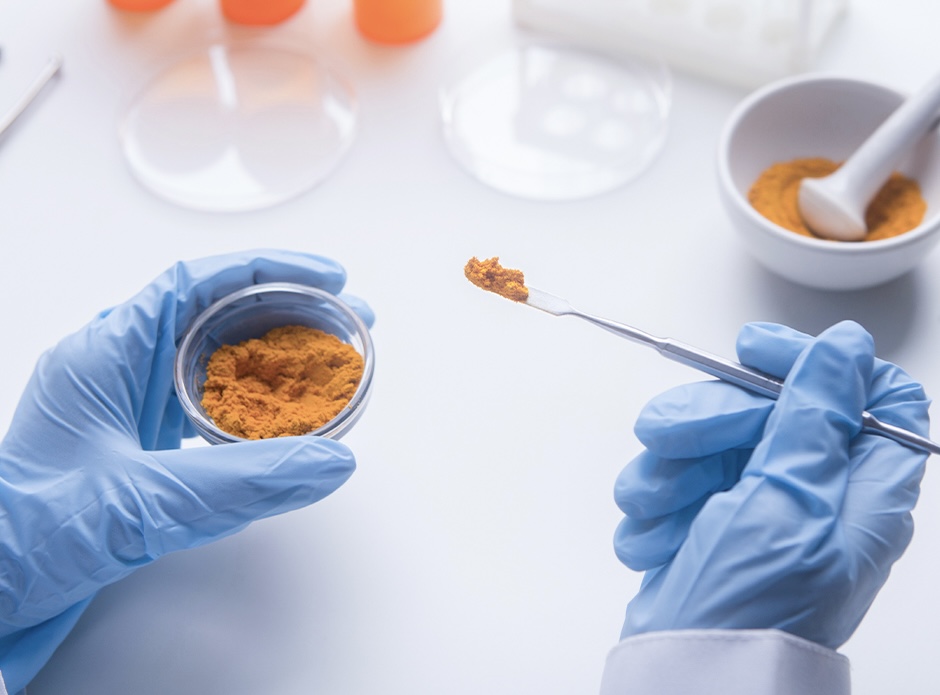What is Sodium PCA?
Sodium Pyrrolidone Carboxylate is also known as Sodium L-pyroglutamate, Sodium PCA, PCA-NA, and NA-PCA. It is a naturally occurring substance in the skin, an amino acid derivative, and sodium PCA is an important component of the skin’s natural moisturizing factor (NMF), accounting for approximately 12% of NMF.
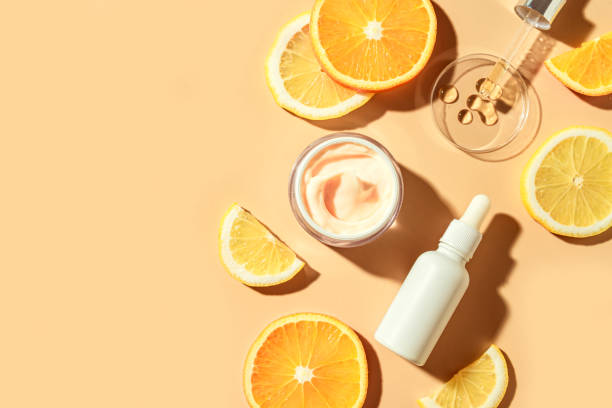
Sodium PCA is soluble in water and ethanol but insoluble in oil and has strong hygroscopicity. It can also absorb moisture from the air and is used as a moisturizer in cosmetics. Its moisturizing ability is stronger than traditional moisturizers such as glycerol, propylene glycol, and sorbitol.
At the same temperature and concentration, the viscosity of PCA-NA is lower than other moisturizers, without the sticky and heavy feeling of glycerol. Moreover, it has high safety and almost no irritation to the skin and eye mucosa.
Product Information
Product Name: Sodium PCA, PCA-NA, NA-PCA, Sodium L-pyroglutamate, Sodium Pyrrolidone Carboxylate
Molecular formula: C5H6O3NNa
Molecular weight: 151.1
Cas No: 28874-51-3
EINECS No: 259-234-9
Boiling point: 109°C
Density: 1.27
Properties: Colorless or slightly yellowish, transparent, odorless liquid, highly soluble in water, ethanol, propanol, glacial acetic acid, etc., non-irritating to skin and eyes, and an excellent cosmetic moisturizer.
The benefits of sodium PCA
1. Moisturizing
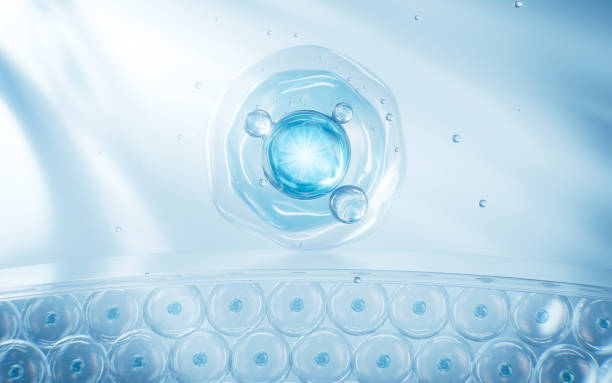
Sodium PCA is a naturally occurring moisturizing factor in the stratum corneum of the skin. It can penetrate into the stratum corneum, regulate the skin’s moisture balance, keep the skin moisturized, and not absorb moisture from the skin due to changes in environmental humidity. At 65% relative humidity, it can absorb 65% of its own weight of moisture, which is equivalent to twice that of polyethylene glycol and six times that of sorbitol.
The combination of PCA-NA and hyaluronic acid can significantly enhance the moisturizing effect. The strong hygroscopicity of PCA-NA can absorb moisture from the air, while hyaluronic acid prevents moisture loss through its water-locking effect. The combination of the two forms a dual barrier, enhancing moisturizing efficacy.
2. Skin barrier
Sodium PCA can selectively adjust the permeability of the skin, helping it better resist external stimuli such as pollutants and allergens, while reducing the loss of water and nutrients, indirectly enhancing the defense function of the skin barrier.
3. Gentle or not irritating
Sodium PAC is a transparent and colorless liquid with a refreshing texture, non-greasy, and does not burden the skin. It has good compatibility with the skin, can be absorbed by the stratum corneum, and enhances the softness and elasticity of the skin. It has almost no irritation to the skin and eyes, and is suitable for all skin types, including sensitive skin.
4. Improve hair quality
Sodium PCA has less irritation to the scalp and hair. It absorbs moisture from the air and locks in moisture in the hair, keeping it moist, reducing hair breakage and splitting, and making hair easier to comb.
Sodium PAC in skincare
1. Cosmetics moisturizer
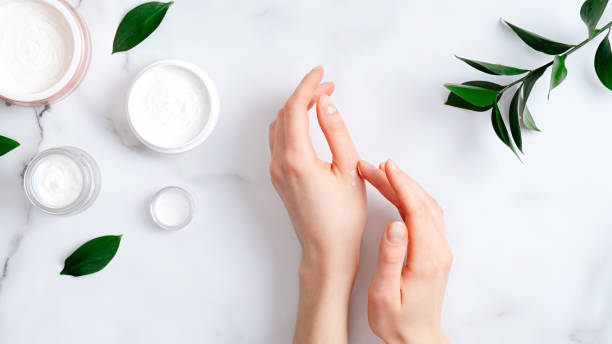
Sodium PCA is an important component of the natural moisturizing factor (NMF) in the stratum corneum of the skin, with strong hygroscopicity. It can make the skin soft, smooth, and enhance elasticity. Commonly used in skin care products such as lotion, face cream, essence, facial mask, etc.
2. Hair care
Sodium PCA can improve hair softness, reduce roughness, increase hair luster and elasticity, and can be added to products such as shampoo, conditioner, and hair gel.
3. Skin whitening agent
Sodium PCA can inhibit the activity of tyrosine oxidase, reduce melanin deposition, and help brighten skin tone. It is commonly used in whitening skincare products.
4. Keratin softeners
They help improve keratin abnormalities in skin conditions like psoriasis, softening the keratin and promoting skin metabolism.
5. Other Applications
Sodium PCA can also be used as a wetting agent in toothpaste, ointments, pharmaceuticals, tobacco, leather, and coatings. It can also be used as a dyeing auxiliary, softener, and antistatic agent for chemical fibers.
6. Typical formula reference
| application | Addition concentration | Effect |
| Moisturizing cream/essence | 2-3% | Long-lasting moisture lock, synergistic with hyaluronic acid |
| Soap-based cleansing products | 4% | Reduce tightness and maintain skin capacitance |
| Ethanol gel/spray | 0.2-1.0% | Inhibits alcohol drying and improves skin feel |
| Shampoo/Conditioner | 3% | Softens hair and resists static electricity |
